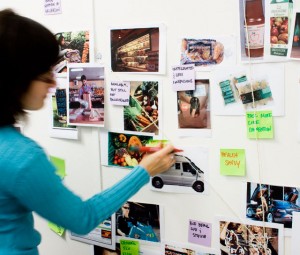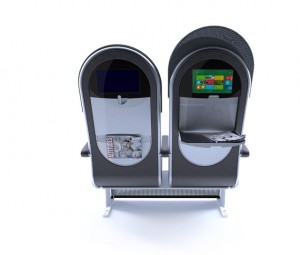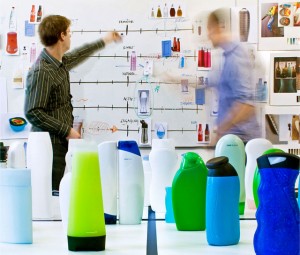It’s now essential that product designers not only perfect their design skills, but improve the way they understand the consumer. They need to know exactly what the customer wants. This means the time spent on in depth sketches and concept designs is getting smaller and the time spent on pragmatic research has increased.

Businesses now approach the product designer with a different brief; instead of ‘design this’ the target is to ‘design a product which captures a certain audience’. Design strategy is now directly linked to business strategy. Products say a lot about brands.
Whilst this new strategic approach to product design is beneficial to businesses and consumers, it can be frustrating for product designers. Long held product design values, like craftsmanship and creativity, are harder to uphold. A lot of the product design industry feels disconnected to the manufacturing too, with so many products being finished thousands of miles away on another continent. It’s more important than ever for product designers to stand up for their designs and make sure that no short cuts have been taken in the final stages. We’re let down by products every day and it’s up to the product designer to ensure this doesn’t happen even when the manufacturing stages takes place on another continent.
Here are 5 things for the 21st century product designer to consider:

1. Design Less
Whilst technology has made designing a product easier, people forget how long it really takes to design a brilliant product. Try to cut down how much you design and focus on creating fewer utterly-beautiful products instead. Let the design mantra ‘Less is more’ guide your daily practice, it can help achieve products which offer simplicity and clarity. If you are juggling multiple projects at any one time it’s easy to lose focus.
2. Decide What’s More Important
During the design process you may experience the difficulty of choosing innovation over delivery. Keep the two types of project separate from one another, this way you’re less likely to leave a wild concept on the shelf because it’s not appropriate for the delivery schedule.
3. Consider The Larger System

Remember that all products are part of a system; a simple glass is part of a more complex drinking process. It seems ridiculous but everything belongs to an overall process. If you look at the actual process it will help produce a product that can really make a difference.
4. Be Intuitive
The new numbers game approach to product design can leave a designer feeling limited, don’t let consumer research put you off using your own intuition however. Listening to your consumers can be helpful but designers still need to lead the way.
5. Love The Engineer
Excellent products don’t exist with the help of excellent engineers. Be ready to integrate with engineering teams and connect compassionately with manufacturers. When you have a good rapport with the final producers, you’ll have more control over the final product.
The jobs of designers have changed a lot in the last decade or so and what is asked of them now is very different to what they were once asked. Factors such as cost have never been so important and designers must consider it at every stage. Ultimately the end goal of developing a product is the same but it’s the means to this end that have changed.
Guest Author:
Rebecca Woods has extensive experience in writing about the product design and development industry. Her perspective can provide opportunities for the new designer.
Related articles


